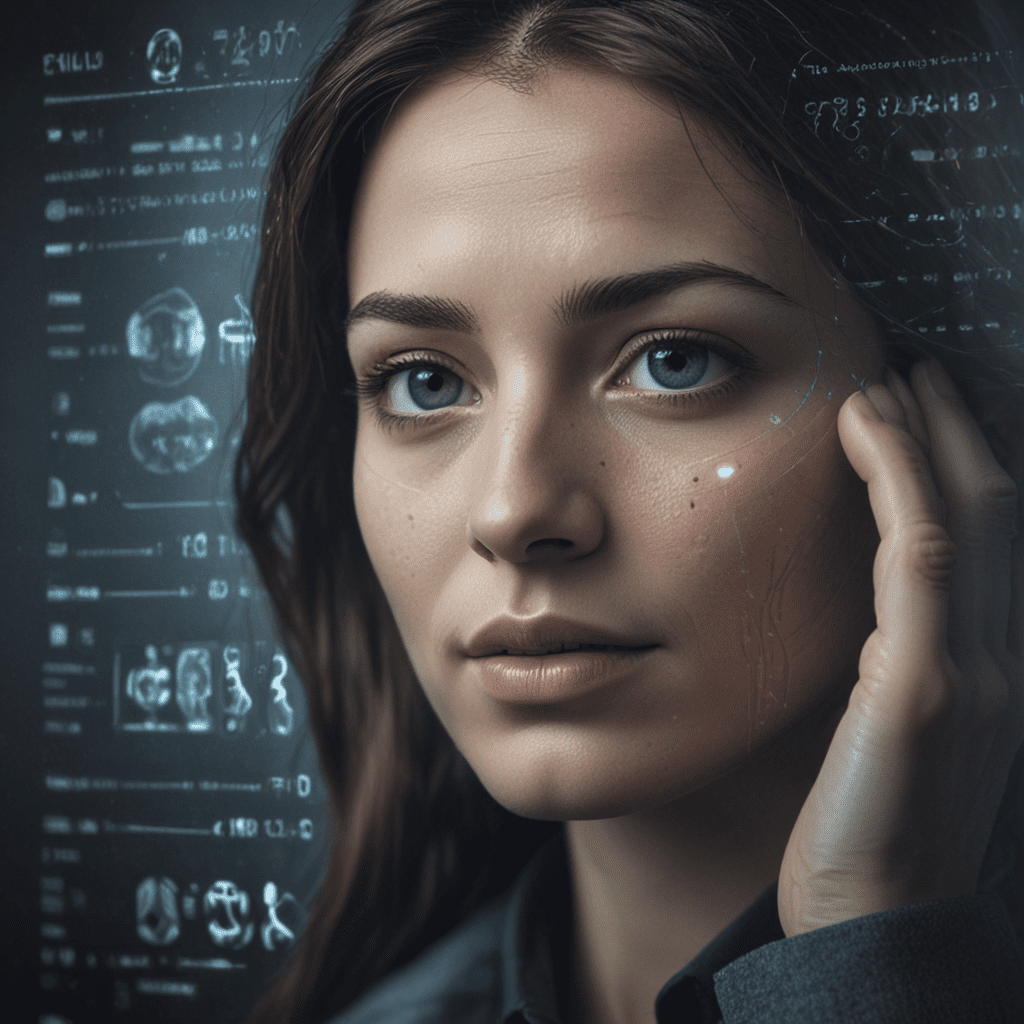Introduction: Facial Recognition Technology: Revolutionizing Biometric Security
Facial recognition technology has emerged as a powerful and widely adopted biometric measure, transforming the landscape of security and identity verification. In this comprehensive article, we will explore the evolution of facial recognition, its underlying technology, advantages, challenges, and ethical implications while also examining its applications in various industries and comparing it to other biometric security measures.
History of Facial Recognition
The history of facial recognition can be traced back to the 1960s, when researchers began developing algorithms to analyze and extract unique facial features. Over the decades, significant advancements in computer vision, artificial intelligence (AI), and machine learning have fueled the rapid progress of facial recognition technology, leading to its widespread adoption today.
Technology Behind Facial Recognition
Facial recognition systems leverage a combination of advanced algorithms and AI to capture, analyze, and compare facial images. The process involves several steps:
Image Capture: Facial recognition systems capture an individual's facial image using cameras or other imaging devices.
Feature Extraction: Sophisticated algorithms extract and measure unique facial features from the captured image, creating a mathematical representation known as a facial template or embedding.
Database Comparison: The extracted facial template is then compared against a database of stored templates to identify the individual.
Advantages of Facial Recognition as a Biometric Measure
Facial recognition offers numerous advantages as a biometric security measure:
Non-Intrusive: Facial recognition is a non-invasive method of identity verification, requiring only a simple scan of an individual's face without physical contact or interaction.
Accurate and Reliable: Advanced facial recognition systems achieve high levels of accuracy and reliability, making them suitable for high-security applications.
Unique Identification: Every individual's facial features are unique, providing a distinctive and reliable means of identification.
Challenges and Limitations of Facial Recognition
Despite its advantages, facial recognition also faces certain challenges:
Privacy Concerns: Facial recognition raises privacy concerns due to its ability to collect and store biometric data without an individual's explicit consent, leading to potential misuse or surveillance.
Environmental Factors: Lighting conditions, facial expressions, and aging can affect the accuracy of facial recognition systems.
Bias and Discrimination: Facial recognition algorithms may exhibit bias and discrimination based on factors such as race, gender, or ethnicity.
Applications of Facial Recognition
Facial recognition technology finds widespread applications in various industries, including:
Security and Access Control: Facial recognition systems are used for secure access to buildings, facilities, and devices, providing a convenient and reliable alternative to passwords or keys.
Law Enforcement and Criminal Investigations: Facial recognition assists law enforcement agencies in identifying suspects, tracking down criminals, and solving crimes by matching faces against databases of known individuals.
Banking and Finance: Facial recognition enhances security measures in financial transactions, allowing banks and financial institutions to verify the identity of customers during account opening, online banking, and ATM withdrawals.
Retail and Customer Service: Facial recognition technology improves customer experience by enabling personalized interactions, targeted marketing campaigns, and efficient checkout processes in retail stores and other customer-facing businesses.
Healthcare: Facial recognition systems assist in patient identification, medical image analysis, and access to electronic health records, enhancing patient safety and streamlining healthcare processes.
Ethical Considerations and Privacy Concerns
The use of facial recognition technology raises ethical considerations and privacy concerns:
Consent and Transparency: It is essential to obtain informed consent from individuals before collecting and storing their facial data. Transparent policies and practices should guide the use of facial recognition technology to ensure data privacy and ethical implementation.
Government Surveillance: Facial recognition technology has the potential to be used for mass surveillance, raising concerns about potential misuse and infringement on individual privacy rights.
Bias and Discrimination: Facial recognition algorithms can exhibit bias and discrimination based on factors such as race, gender, or ethnicity. It is crucial to address these issues and ensure fairness and equity in the development and application of facial recognition systems.
Future Developments in Facial Recognition
Ongoing advancements in facial recognition technology are shaping its future trajectory:
AI-Powered Enhancements: AI-powered algorithms will further enhance the accuracy and reliability of facial recognition systems, improving their ability to handle variations in lighting, facial expressions, and aging.
3D Facial Recognition: 3D facial recognition technology adds an extra layer of security by analyzing the three-dimensional structure of a face, providing even more robust and accurate identification.
Multimodal Biometrics: Facial recognition will increasingly be combined with other biometric modalities, such as fingerprint or iris recognition, to create more secure and reliable multi-factor authentication systems.
Comparison to Other Biometric Security Measures
Facial recognition compares favorably to other biometric security measures in several aspects:
Ease of Use: Facial recognition offers a convenient and non-intrusive method of identification, requiring only a simple scan of the face.
Accuracy and Reliability: Advanced facial recognition systems achieve high levels of accuracy and reliability, making them suitable for high-security applications.
Unique Identification: Facial features provide a unique and distinctive means of identification, offering a high level of security compared to other biometric measures.
Conclusion
Facial recognition technology has emerged as a powerful biometric security measure, transforming the landscape of security and identity verification. Its advantages, including non-intrusiveness, accuracy, and unique identification, make it a valuable tool in various industries. However, ethical considerations and privacy concerns must be addressed to ensure its responsible and ethical implementation. As technology continues to advance, we can expect further advancements and applications of facial recognition, shaping the future of security and identity management.
FAQ
Q: Is facial recognition 100% accurate?
A: While facial recognition technology has achieved high levels of accuracy, it is not 100% accurate. Factors such as lighting conditions, facial expressions, and aging can affect the accuracy of the system.
Q: Can facial recognition be tricked?
A: Facial recognition systems can be vulnerable to spoofing attacks, where an attacker uses a photo or video of a person's face to gain unauthorized access. However, advanced facial recognition systems employ anti-spoofing measures to detect and prevent such attacks.
Q: What are the legal implications of using facial recognition technology?
A: The use of facial recognition technology is subject to various laws and regulations governing data privacy, surveillance, and ethical considerations. It is important to comply with these laws and obtain necessary consents before deploying facial recognition systems.



